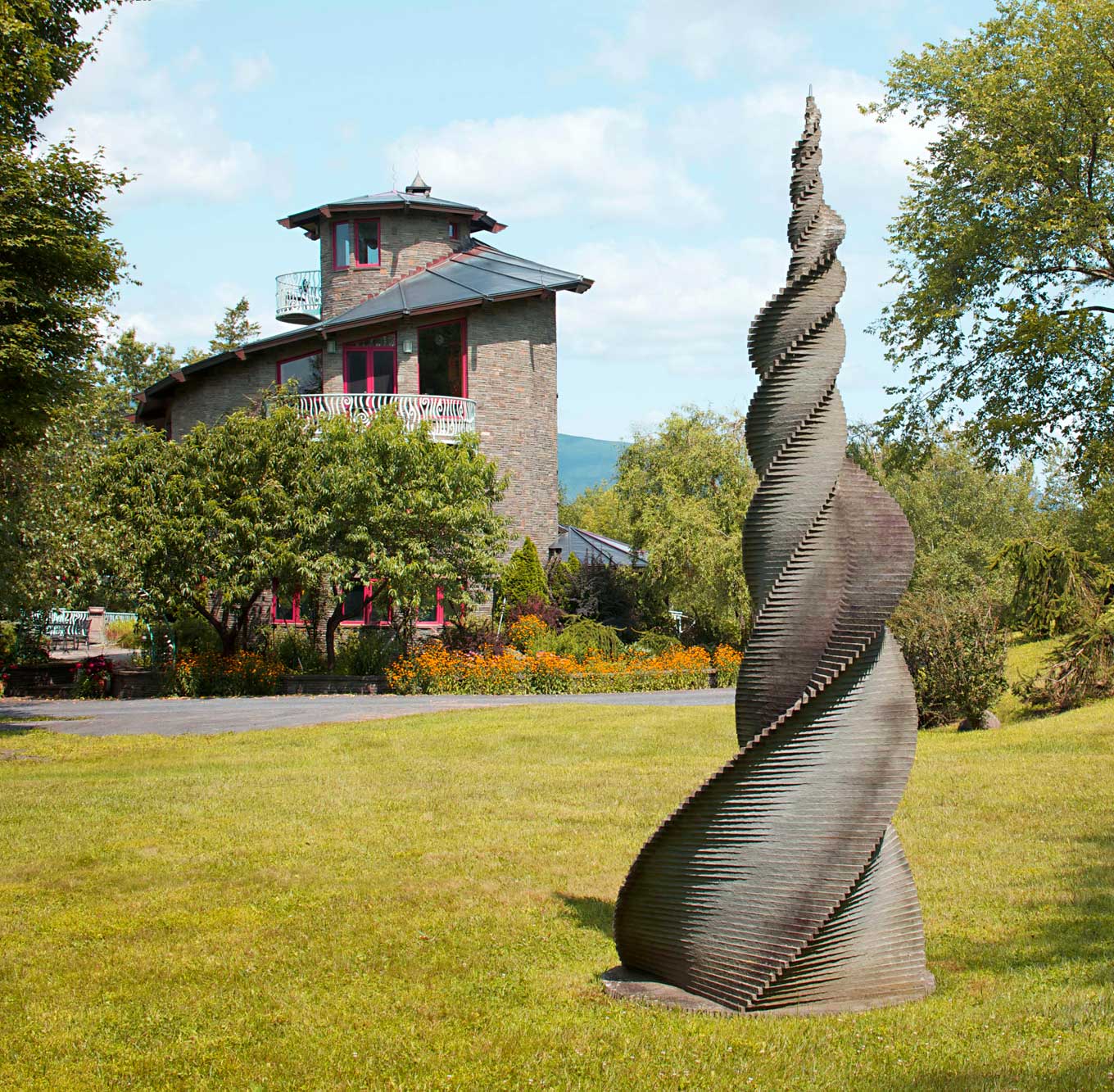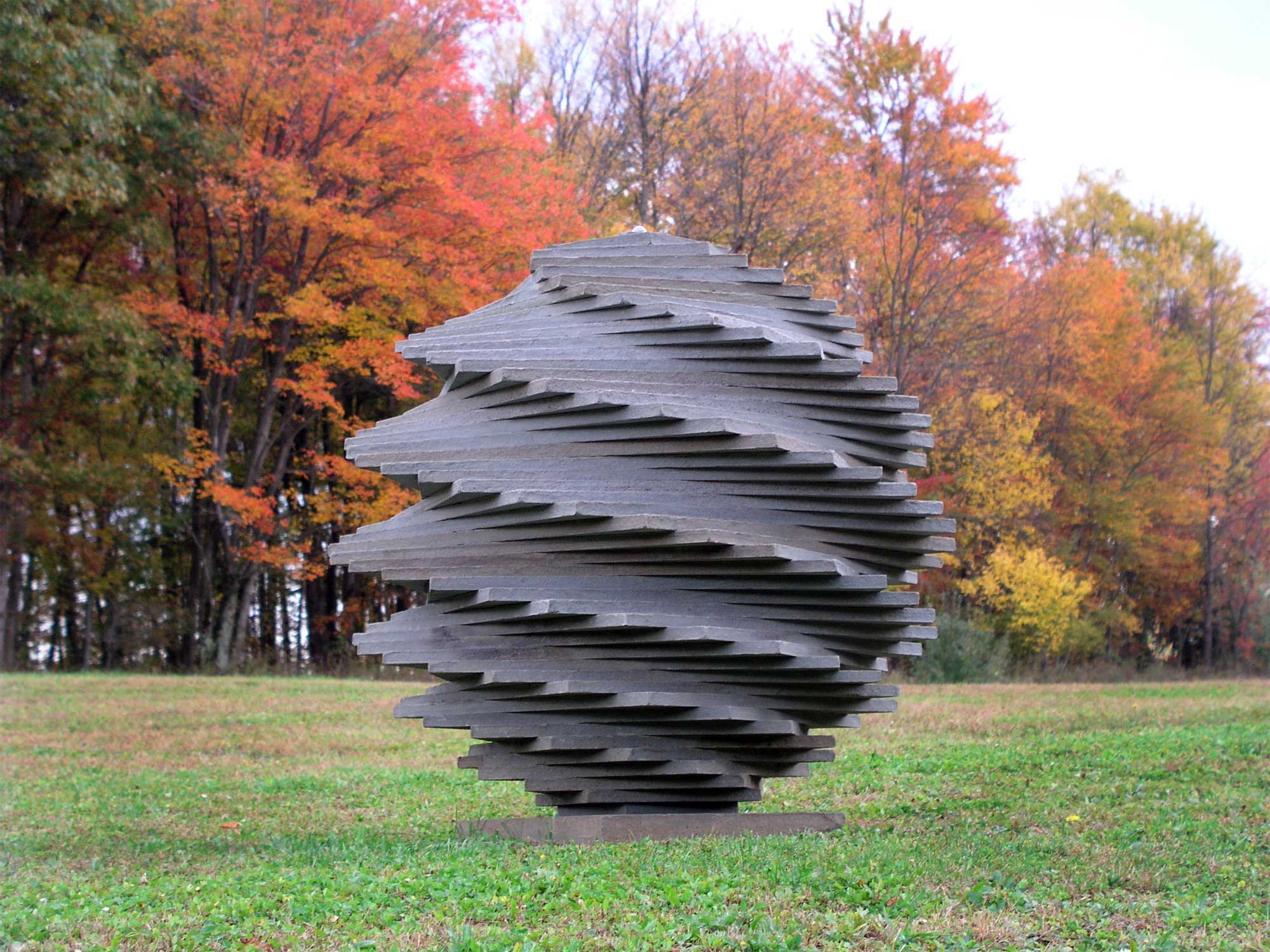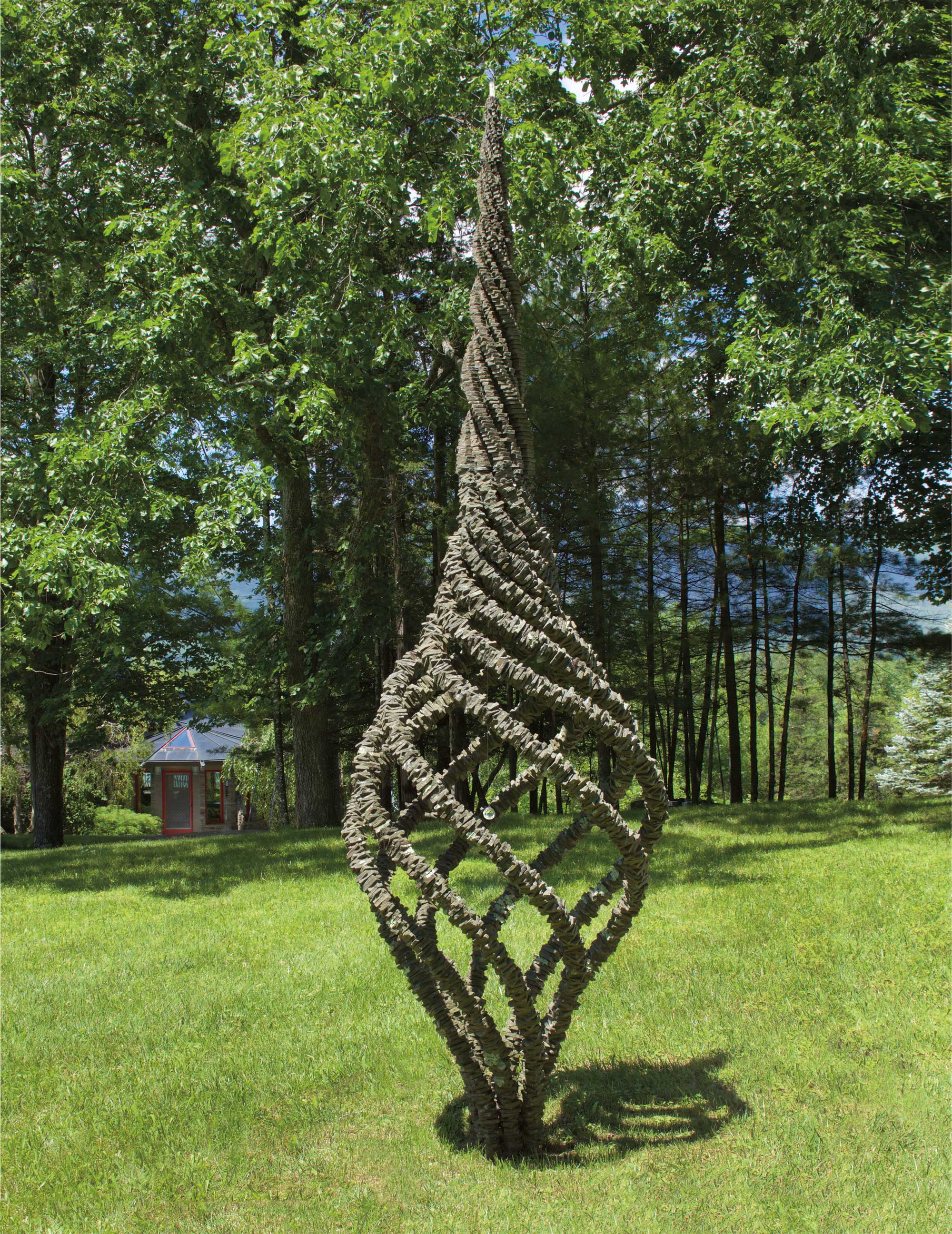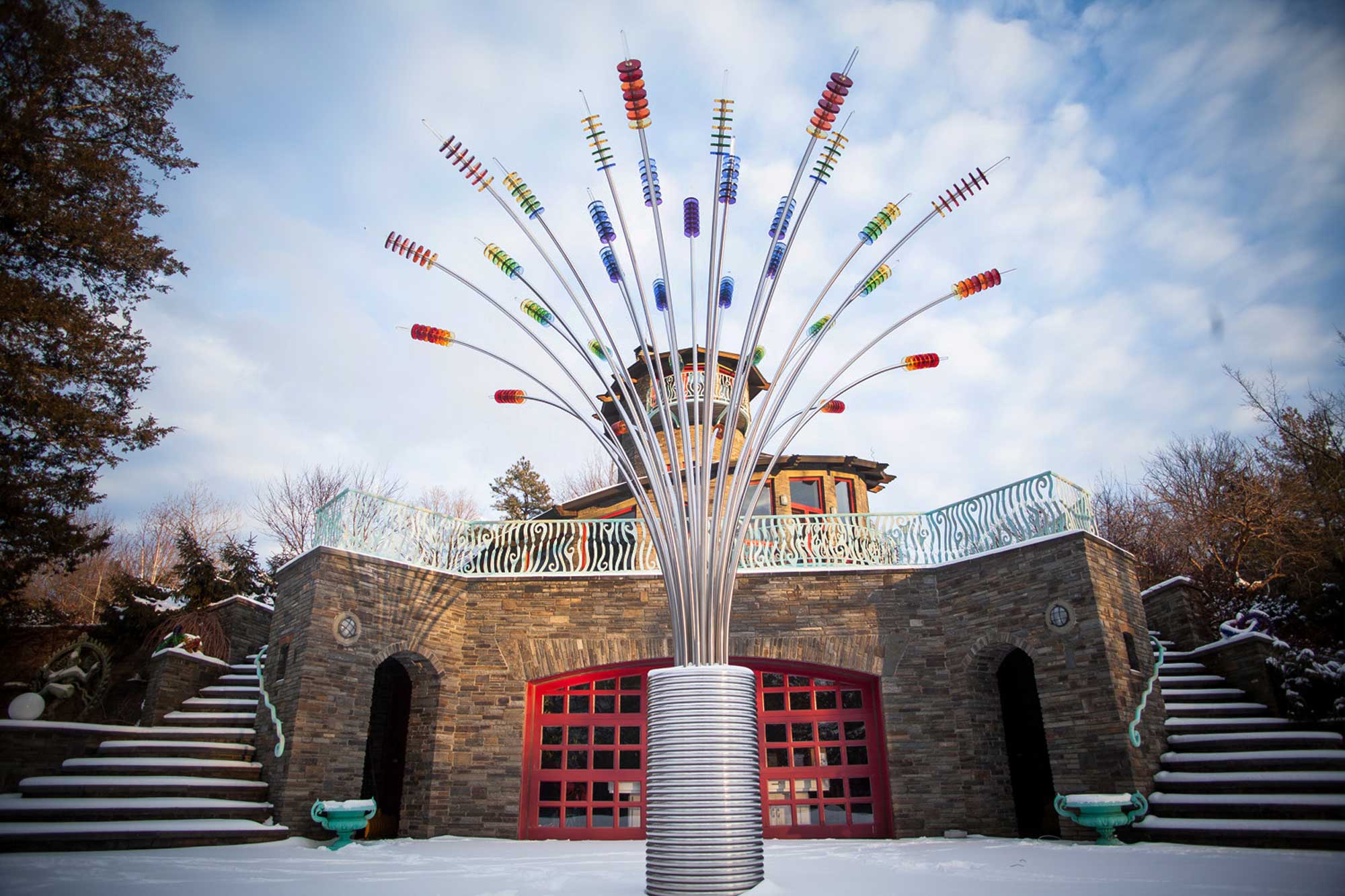Spirit in Stone: What Unites Us
At the Spiral House, we are inspired by love, beauty, and compassion. "Your task is not to seek for love," wrote the Sufi poet Rumi, "but merely to seek and find all the barriers within yourself that you have built against it." In a culture that is increasingly marked by violence, political discord, and, materialism, it is not surprising that many of us are turning our attention to love, community, and a deeper understanding of the Truth within us for relief.
"Truth is one. Wise men can it by various names and worship it according to their comprehension."
--The Rig Veda
Tom Gottsleben's art is informed by this path of awakening. Both the creation and the experience of art foster the highest possibilities of the soul. "Truth and beauty are one," Tom has said. "Truth reveals itself through the expression of beauty."
When our hearts are deeply touched by art and beauty, we are able, as Rumi said, to release some of the barriers to love. Love inspires our minds and souls and directs our focus to Truth, awakening our consciousness. This is the noblest purpose of art.
Yet, on the journey to pure awareness, there is often considerable suffering. For this reason most of us at the Spiral House have chosen to live a vegan lifestyle. Looking into the eyes of a saint is no different than looking into the eyes of an animal, we believe. To gaze within the eyes of either is to gaze within ourselves. The Sanskrit term for compassion is ahimsa (do no harm). In the West, we call it nonviolence. It is a major tenet of many religions — Buddhism, Hinduism, and Jainism among them. It implies not harming other living beings in any way. In the process, we learn how not to injure ourselves. This is our aspiration.






